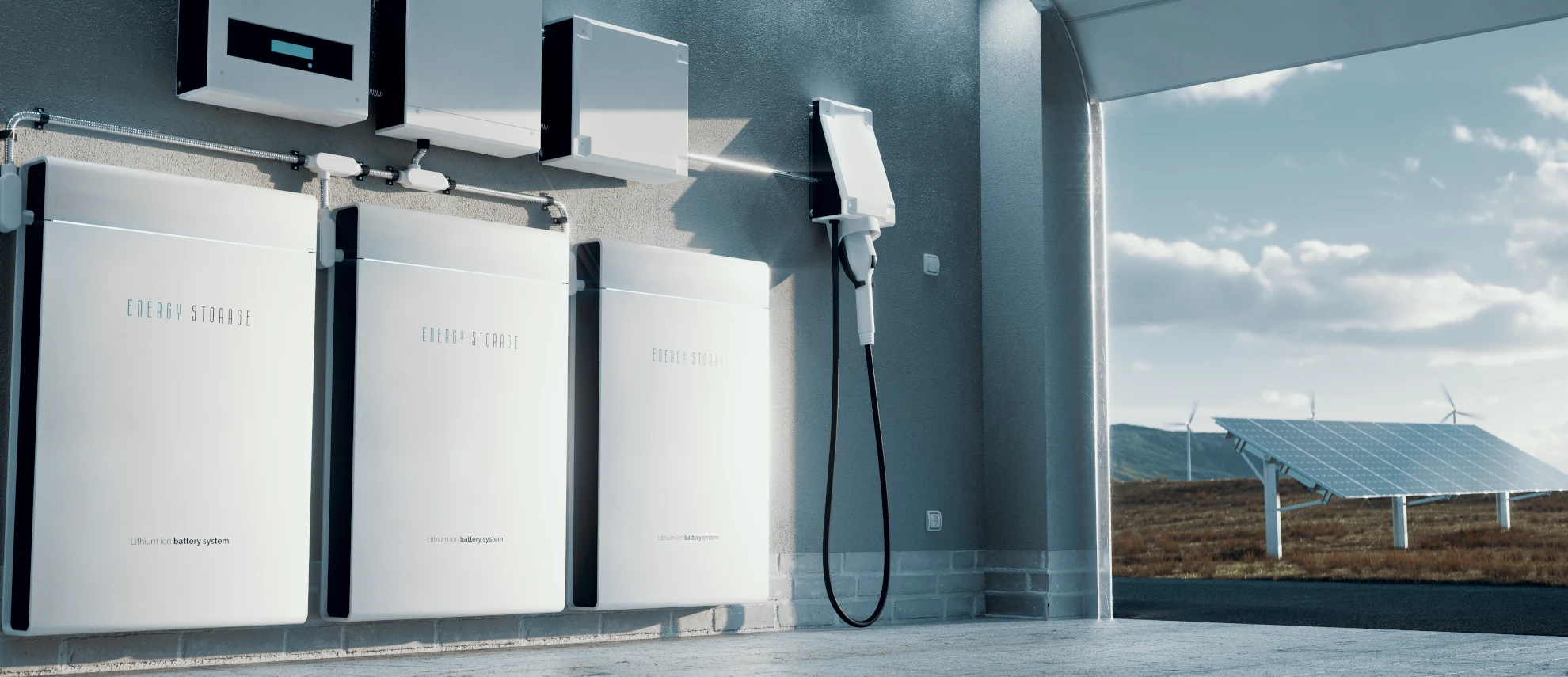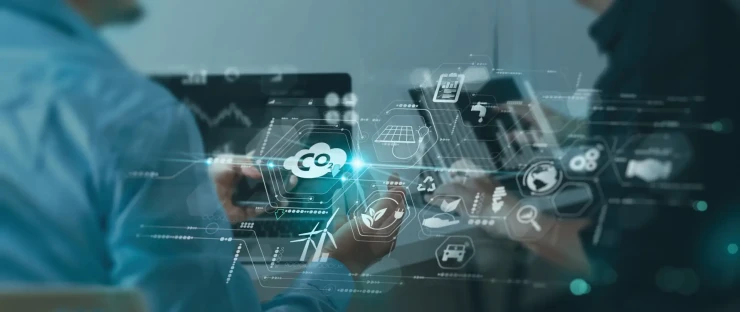
Making roadways out of solar panels was a dream swiftly squashed by impractical implementation and financial overwhelm. The idea lives on in the minds of EV visionaries as infrastructure professionals and renewable energy engineers try to uncover reasonable solutions for extending EV journeys by charging cars while they drive using in-road technologies.
How do these charging methods claim to be the battery-life solution EV owners crave?
The Reason Behind In-Road Charging
EV adoption faces several concerns, ranging from supply chain disruptions to raw material inaccessibility. These backend obstacles compound when consumer-facing struggles bring more resistance to the EV transition. These vehicles aren’t available everywhere, and neither are chargers. Why would someone buy an EV if they had to drastically alter their daily schedules to accommodate charging their car hours at a time?
In-road EV charging may eliminate these problems. Charger availability can prevent buyers from purchasing an EV altogether since they must consider the cost of installing an at-home charger to justify the investment. Drivers wouldn’t be concerned about scavenging for chargers if driving to and from work eliminates massive range anxiety and tops batteries off without uprooting their routines.
This innovation is also a necessity. There are already more EVs on the road than available chargers. Not everyone charges their cars simultaneously, but alternative solutions are needed to bridge the gaps for worldwide EV transition.
Countries have experimented with in-road charging infrastructure, like movable arms in Sweden that attach to cars while they move. It also empowers public transportation and commercial fleets, as discovering ways to keep trains, semis, buses, or trams electrified encourages energy independence further.
The Genius Behind In-Road Charging Tech
How can experts make in-road charging work now? The process centres on dynamic charging, which could happen on streets within the next decade. It improves on Sweden’s original idea by making charging wireless. Stationary charging pads already exist, and makers have tested them with high efficiency. These efforts will catalyze the in-road pads.
Pads under the road’s surface move electricity to vehicles passing over them. These pads don’t have to be exclusive to highways, as major cities with dense traffic could benefit from placing them at stoplights and other highly traversed paths. It requires EVs to have a way to receive that power, so manufacturers are installing receiving plates underneath cars.
The faster this technology proves efficacy, the more EV makers must change blueprints to adapt to new charging infrastructure. Installing receivers will equate to a competitive advantage.
However, it’s not as simple as placing an external peripheral underneath a car. Researchers must consider other factors for this technology to be consistent and resilient, such as:
- Changes in elevation make the distance between transmitters and receivers fluctuate
- Wear and tear on the in-road pads from traffic
- Durability against weather and climate
- Accessibility to the in-road pads for maintenance and repairs without regularly disrupting traffic flow
Fortunately, researchers are already considering these potential setbacks before they become expensive, widespread problems that need retroactive action. For example, Stanford experts are designing an adjustable switch mode for the transmitters that move with changes in the road.
The Potential for Cars to Help the Grid
Consistently powering EVs is priority No. 1. However, there’s a chance for some drivers to bank on their energy independence. Grid modernization needs more storage solutions for excess renewable power. Numerous answers exist, but using cars as another resource further bolsters a smart, renewable grid.
Cars driving over in-road chargers will be billed for being plugged in, but they could also send excess energy back if the transmitters had bidirectional capabilities. In short, drivers could make money while driving without being a rideshare service, which helps national power distribution.
These roadway technologies will help the grid become more intelligent by gathering constant data streams. Maximizing these in-road chargers with IoT technologies to bolster machine learning could strengthen EV charging efficiency with little human interference.
COMPARE PRICES FROM LOCAL INSTALLERS
Compare prices from local companies fast & free
Enter your postcode to compare quotes from leading professionals. We promise to keep your information Safe & Secure. Privacy Policy
In-Road Charging Revolutionises Renewables
In-road charging pads on busy highways may become as ubiquitous as gas stations. Research in this technology is accelerating, making the EV transition more practical and less anxiety-inducing for citizens. It can reduce charging stress while providing experts with more information to improve commuting, commercial fleets and public transportation.
Find a local installer
Welcome to the biggest directory of UK renewable energy companies





























